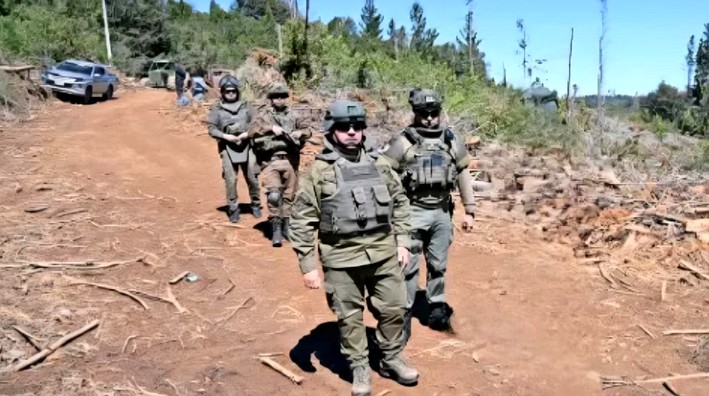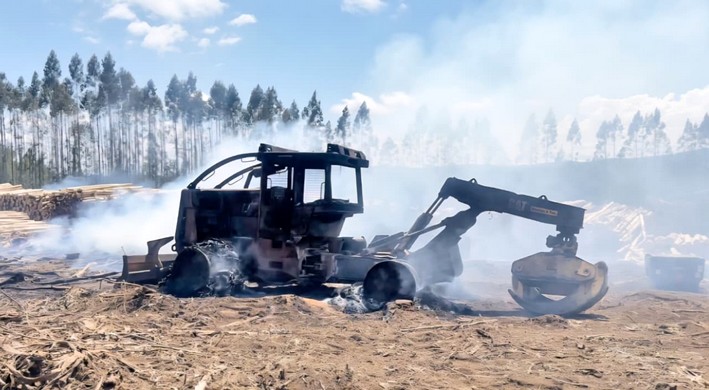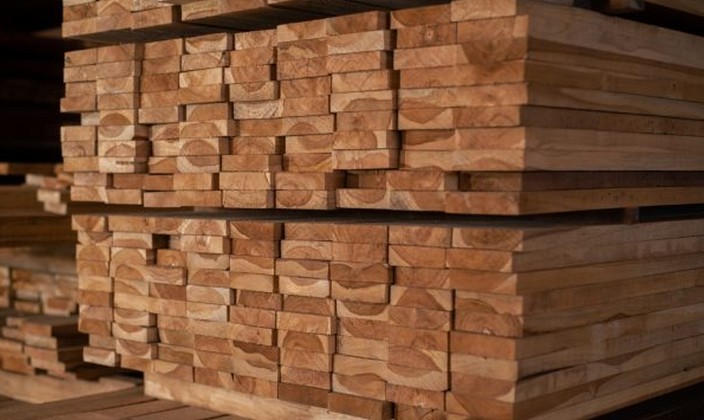Research Concludes That Chiloé Forests Are Among the Highest CO2 Absorbers per Hectare in the World
- Projections indicate that the mature forests of Chilean Patagonia have carbon storage per hectare equal to or greater than most, and are only surpassed globally by a forest in Oregon, USA.
After ten years of studies involving permanent monitoring of a mature forest in Chiloé, research led by Jorge Pérez-Quezada, a scientist at the Institute of Ecology and Biodiversity (IEB) and professor at the University of Chile, demonstrated that this native ecosystem is a major carbon dioxide (CO2) sink and a key ally in mitigating climate change on a global scale.
The study concluded that Chiloé forests absorb around 18 tons of carbon dioxide per hectare annually, placing them close to the levels of tropical rainforests, which average 22.5 tons of CO2 absorption per hectare per year. Thus, each hectare of Chiloé forest absorbs the equivalent of emissions from 3.4 cars in one year.
This ecosystem, located within the Senda Darwin Biological Station, has stored 1,073 tons of carbon per hectare over its lifetime—an amount that, at the current absorption rate, would take 211 years to sequester. "It was previously believed that these ancient forests no longer accumulated carbon, but this detailed and pioneering study in Chile adds to others proving they still do. Precise data is also being collected in Alerce Costero National Park in the Los Ríos Region and in forest and peatland ecosystems in Puerto Williams. Accurately measuring carbon flux in Chile's forests is a major step toward promoting their conservation and continuing to analyze other similar ecosystems in the country," says the professor from the Faculty of Agronomic Sciences at the University of Chile.
The findings in Chiloé suggest that this immense CO2 absorption capacity extends to Chilean Patagonia in equal or greater amounts, as it is a less disturbed area. Specifically, in Puyuhuapi, Aysén Region, the carbon storage capacity of its forests is being measured and is estimated to be among the highest in the world, surpassed only by a temperate forest in Oregon, USA.
The research, conducted in a protected area near Ancud, was made possible by the installation of Eddy covariance monitoring towers, which generate more precise data than satellites, whose records are affected by the heavy cloud cover in the area. These towers measure the exchange of carbon dioxide between ecosystems and the atmosphere, determining whether a forest is a carbon source or sink—a key piece of information amid the current climate and biodiversity crisis. This work is also part of the long-term studies promoted by the LTSER Chile Network (Long-Term Socio-Ecological Research Network).
Pérez, an agronomist and Doctor of Ecology, recalls that the Ministry of the Environment committed to estimating—through Nationally Determined Contributions (NDCs)—how much the country contributes to the fight against climate change. Therefore, the ministry has emphasized the need for more accurate estimates, as current measurements of ecosystem carbon capture in Chile rely mainly on Northern Hemisphere data or indirect methodologies. Hence the importance of this study.
Carbon Credits for Conservation
Beyond laying the groundwork for conserving Chile's threatened native ecosystems and supporting the country's commitment to becoming carbon neutral by 2050, this research provides crucial input for generating Carbon Credits of a far higher standard than those available until now. While their goal is to reduce global warming emissions through tradable certificates, carbon credits have recently faced criticism due to the inaccuracy of their underlying data.
"Our ability to combine cutting-edge technologies—such as centimeter-precision biomass measurement and in-situ carbon sequestration sensors—allows us to guarantee the most accurate calculations in this field. This gives our carbon credit certification an unmatched level of reliability and traceability, which we believe will revolutionize the Carbon Credit market," explains Felipe Escalona, founder and CEO of Carbon Real.
The company will begin selling high-quality carbon credits this year, based on real measurements and traceable, tamper-proof data, aiming to promote nature conservation and create sustainable economic benefits for landowners and local communities.
Source:udechile.cl


















Vanbeek
Publicado el 22:55, 31 AugustMuy completo el artículo se agradece poder compartirlo en la pagina para los lectores.
https://vanbeek.cl/